The Mid-Autumn Festival, a time of reunion and celebration, is deeply intertwined with the fragrant blossoms of osmanthus and the enchanting legends of the Moon Palace. As the golden flowers bloom, their sweet aroma permeates the air, evoking a sense of nostalgia and warmth. This festival, rooted in ancient Chinese traditions, is not only a time for family gatherings but also a celebration of cultural heritage, culinary delights, and mythical tales that have been passed down through generations.
One cannot speak of the Mid-Autumn Festival without mentioning the osmanthus flower, a symbol of prosperity and good fortune. The delicate blossoms, often referred to as “fragrance of the heavens,” are used in a variety of traditional dishes and teas. Osmanthus-scented cakes, sweet soups, and wines are staples during this season, each carrying the essence of autumn. The flower’s intoxicating scent is believed to bring joy and harmony, making it a cherished element of the festivities.
The legend of the Moon Palace, home to the immortal Chang’e and her companion, the jade rabbit, is another cornerstone of Mid-Autumn lore. According to myth, Chang’e ascended to the moon after consuming the elixir of immortality, leaving behind her husband, Hou Yi. The tale is a poignant reminder of love and sacrifice, often recounted during moon-viewing gatherings. The image of the Moon Palace, with its towering osmanthus tree and elusive inhabitants, has inspired countless poems, paintings, and culinary creations.
Food plays a central role in the Mid-Autumn Festival, with mooncakes being the most iconic treat. These round pastries, filled with sweet or savory ingredients, symbolize completeness and unity. Traditional fillings include lotus seed paste, red bean paste, and salted egg yolks, representing the full moon. In recent years, modern variations such as snowskin mooncakes and osmanthus-infused flavors have gained popularity, blending tradition with innovation.
Beyond mooncakes, osmanthus wine is a beloved beverage during the festival. Brewed with glutinous rice and osmanthus flowers, this aromatic wine is said to have been a favorite of ancient poets and scholars. Its golden hue and floral notes make it a perfect accompaniment to moon-viewing parties. Similarly, osmanthus tea, made by steeping dried flowers in hot water, is a soothing drink that captures the essence of autumn.
The Mid-Autumn Festival is also a time for lantern displays, riddles, and performances. Children carry brightly lit lanterns in the shape of rabbits, stars, or flowers, while adults solve riddles written on lanterns—a tradition dating back to the Song Dynasty. These activities, combined with the sharing of food and stories, create a vibrant atmosphere that celebrates both the harvest and familial bonds.
In modern times, the festival has evolved to include new customs while retaining its cultural significance. Urban celebrations often feature light shows, cultural exhibitions, and even osmanthus-themed desserts in cafes. Despite these changes, the core values of gratitude, togetherness, and reverence for nature remain unchanged.
The osmanthus flower and the Moon Palace legend are more than just symbols; they are threads that connect the past to the present. As families gather under the moonlight, savoring osmanthus-infused delicacies and recounting ancient tales, they partake in a tradition that has endured for centuries. The Mid-Autumn Festival, with its blend of myth, flavor, and warmth, continues to be a cherished occasion that transcends time.
From the fragrant blooms of osmanthus to the ethereal beauty of the Moon Palace, the Mid-Autumn Festival is a tapestry of sensory and cultural experiences. It is a time to pause, reflect, and appreciate the simple joys of life—whether through a bite of a mooncake, a sip of osmanthus wine, or the shared laughter of loved ones under the autumn moon.

By /May 21, 2025
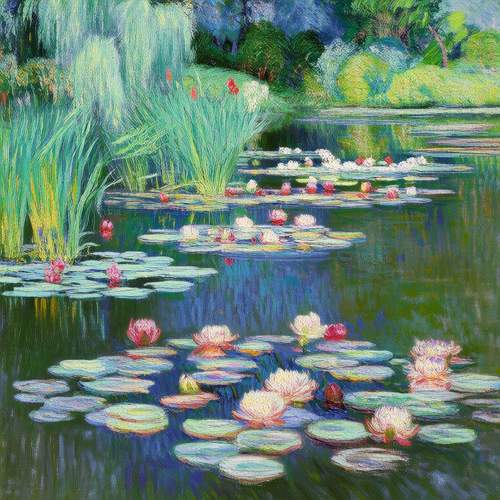
By /May 21, 2025
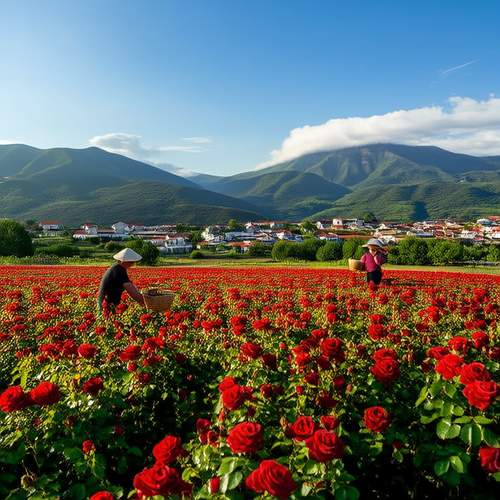
By /May 21, 2025
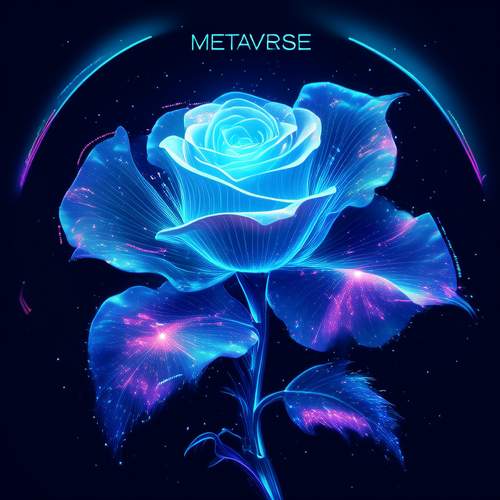
By /May 21, 2025
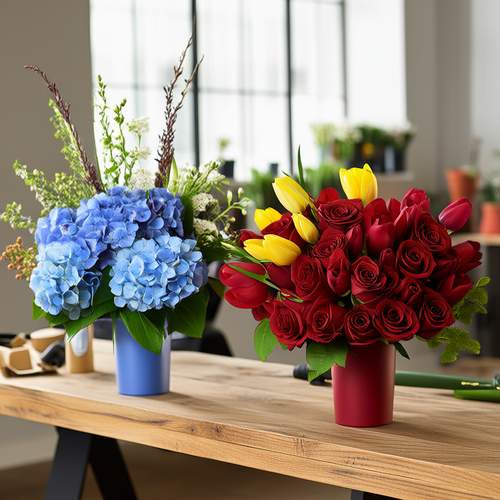
By /May 21, 2025
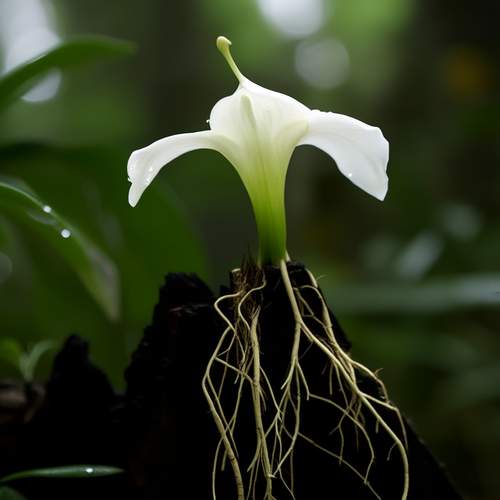
By /May 21, 2025
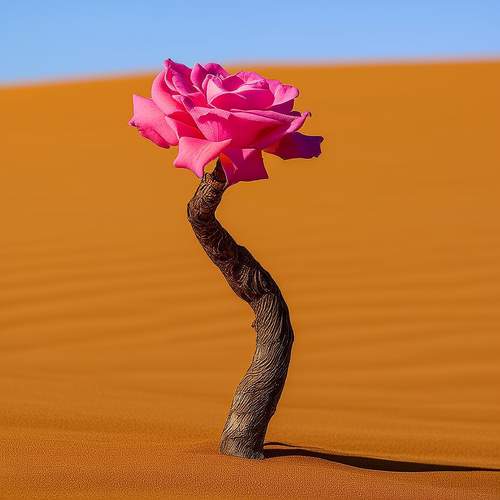
By /May 21, 2025
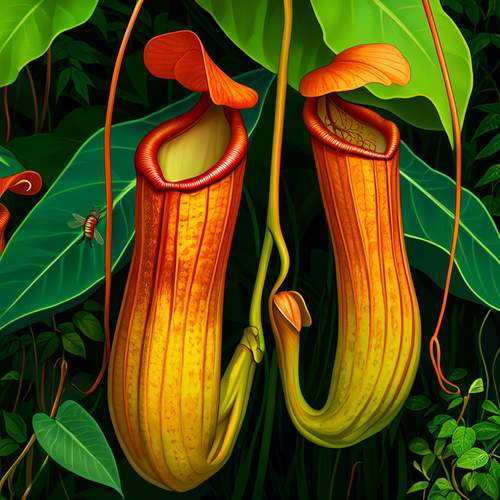
By /May 21, 2025
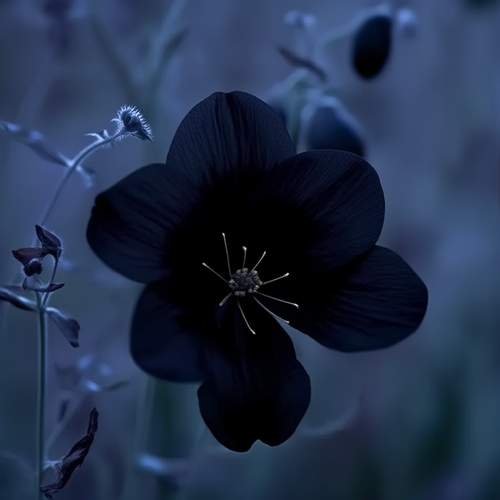
By /May 21, 2025
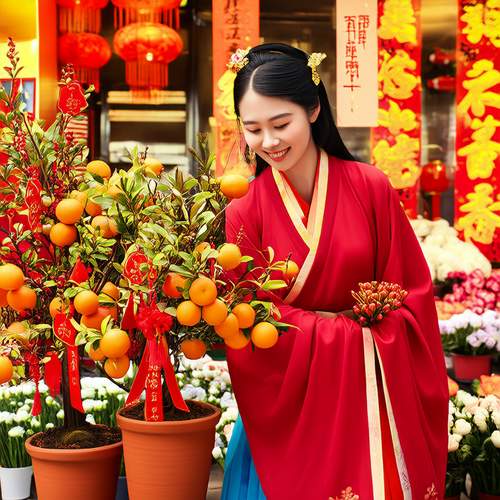
By /May 21, 2025
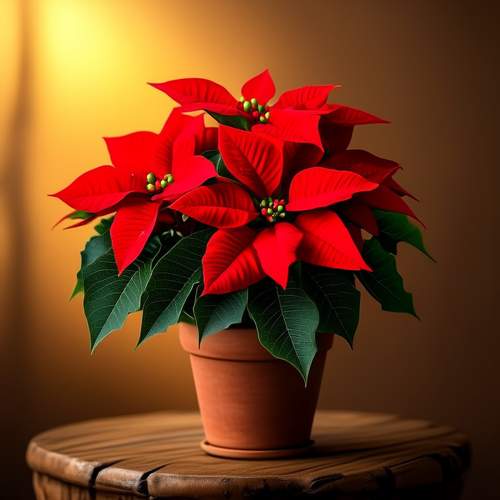
By /May 21, 2025

By /May 21, 2025

By /May 21, 2025

By /May 21, 2025
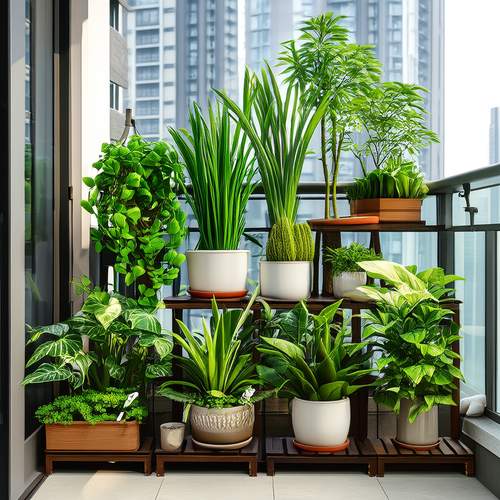
By /May 21, 2025
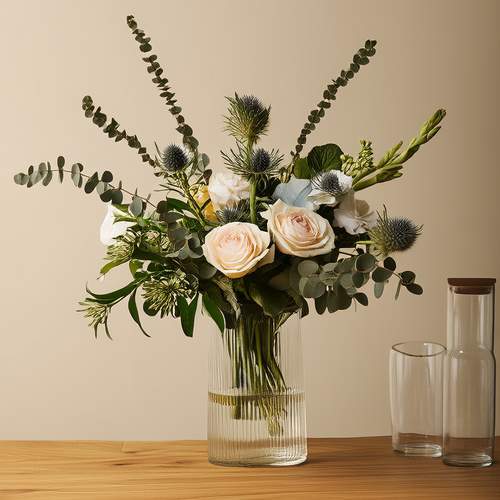
By /May 21, 2025

By /May 21, 2025

By /May 21, 2025
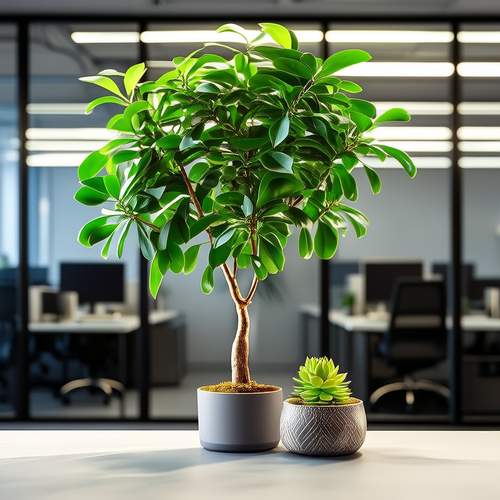
By /May 21, 2025
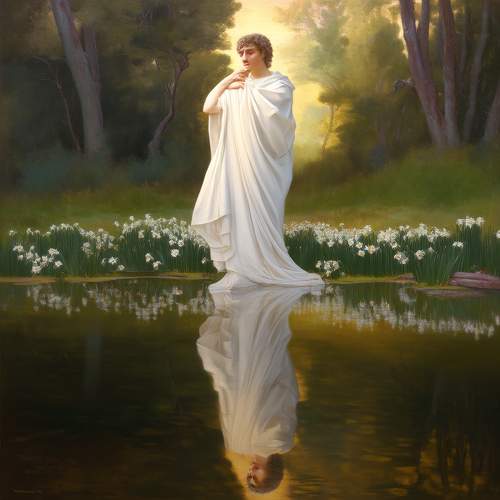
By /May 21, 2025